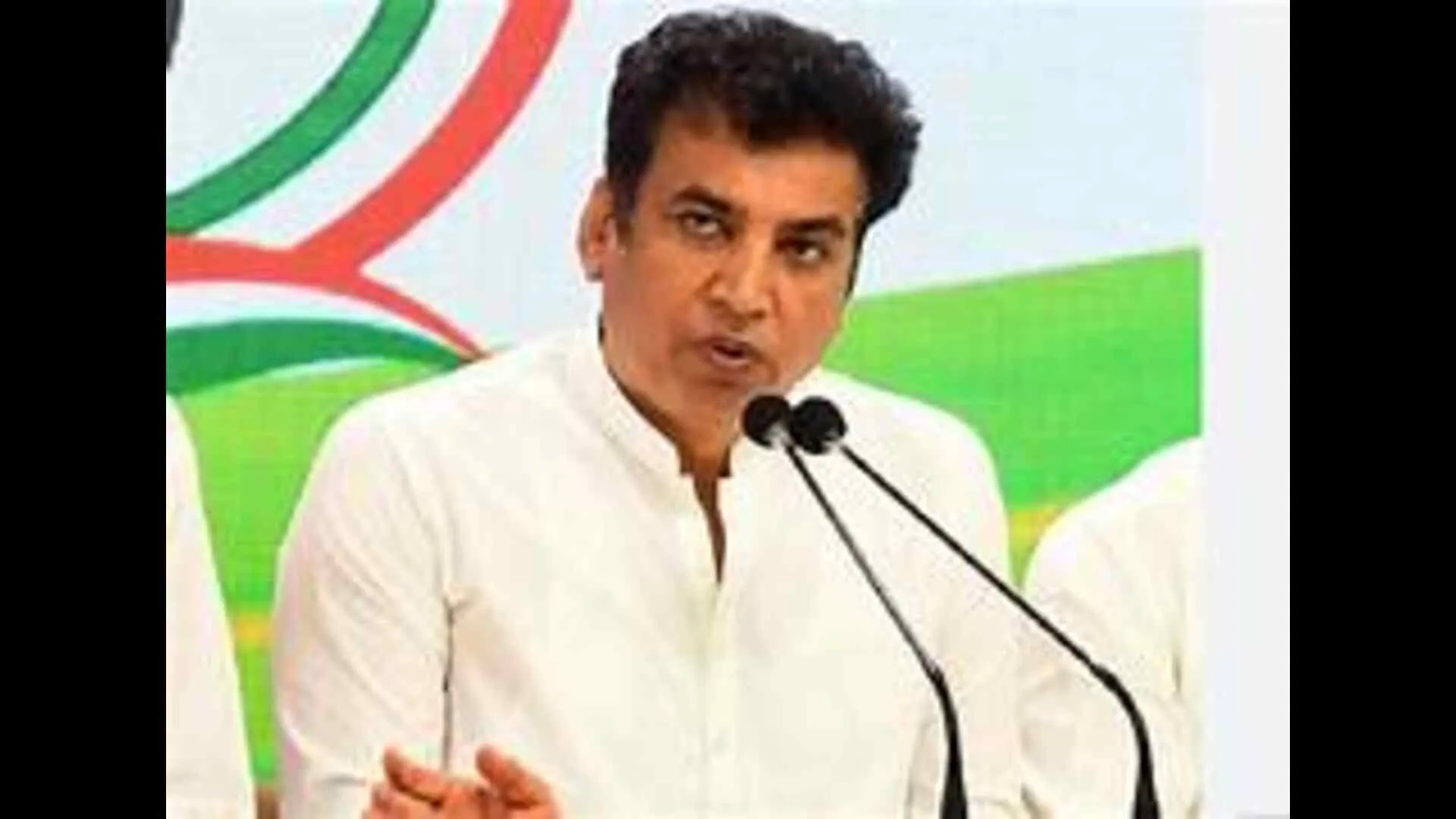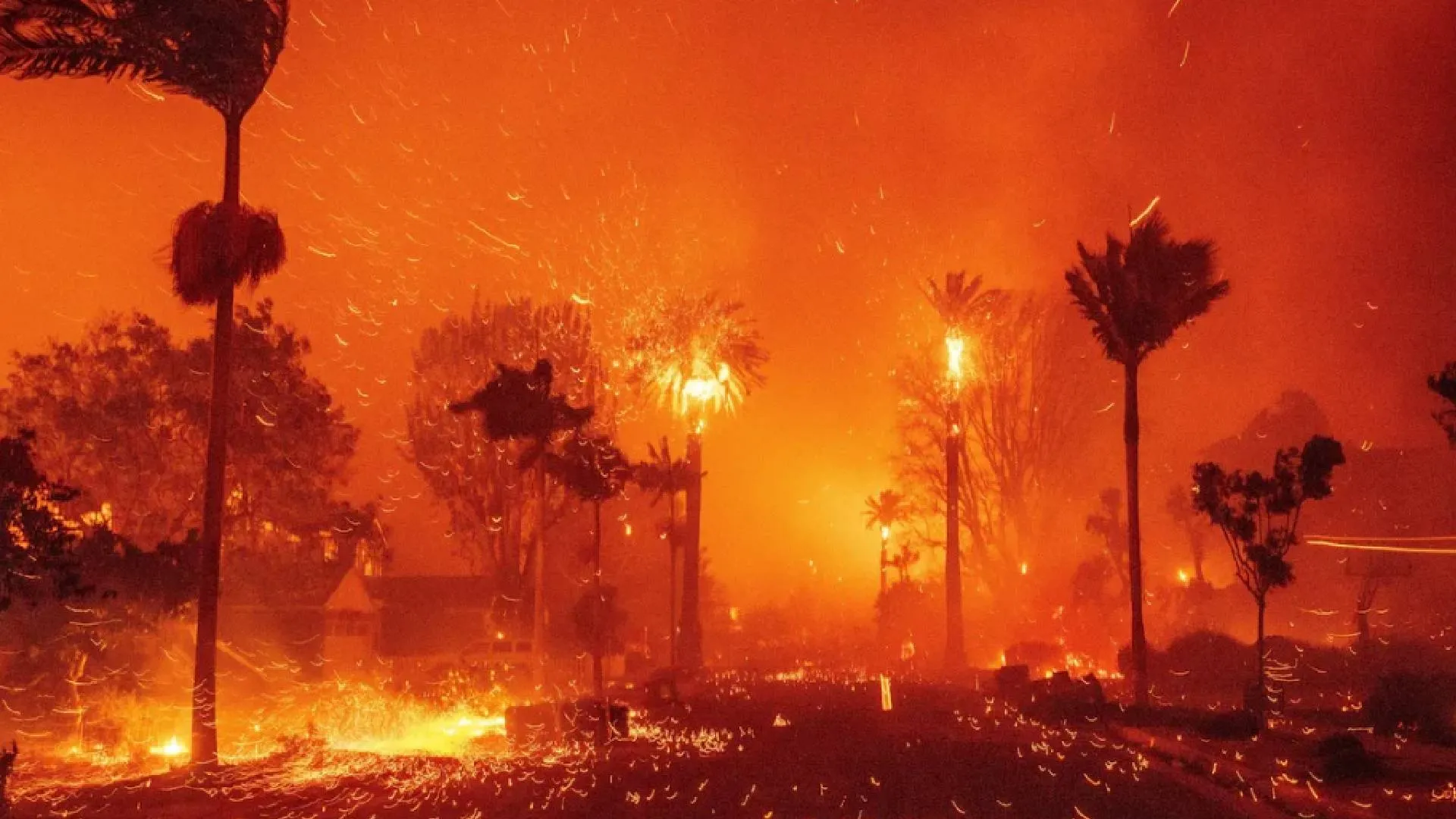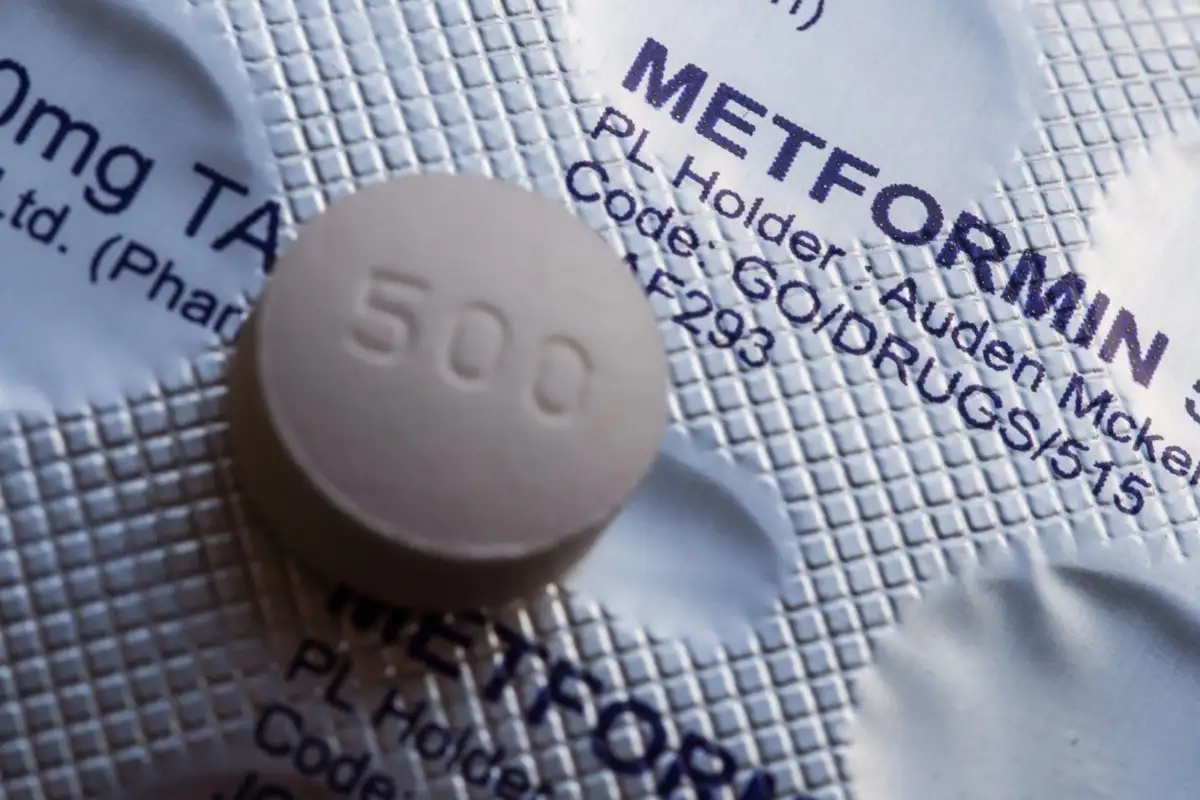Short-term interest rates have recently risen above long-term interest rates for the first time since the 2008 financial crisis.
The short-term 3-year interest rates once increased higher than long-term 10-year government bond rates. Regarding this, concerns over a recession is growing in the financial market. In general, the yield curve inversion can be interpreted as a premonitory phenomenon before the recession. The Bank of Korea (BOK) explained that it is because 3-year interest rates have risen sharply due to the tightening monetary policies of the U.S. However, experts say the yield curve inversion of long- and short-term interest rates can be prolonged as concerns over the recession are growing.
According to the financial market sources on the 21st, the 3-year government bond interest rate recorded 3.784per cent at 11:30 a.m. on the 16th, higher 0.01per cent than the 10-year bond rate of 3.774per cent in 14 years and 2 months since July 18, 2008. On the 20th, the interest rate of the 3-year government bond was 3.823per cent and the 10-year government bond was 3.836per cent, but the interest rate gap between the 3-year and 10-year bonds was 0.013per cent, narrowing from the previous day (0.035per cent). The market sources are concerned that this trend could continue as the 3-year bond rate surpassed the 10-year bond rate once during the day. In general, a decrease in the long-term interest rate below the short-term interest rate is considered a sign of a recession. This is because the recession usually occurred within 1-2 years after the short-term interest rate surpassed the long-term rate. According to the BOK, the 3-year interest rate has been higher than the 10-year interest rate only two times between November 2007 and January 2008 and in July 2008, when the country suffered from the global financial crisis. From November 2007 to January 2008, there were 37 days when the short-term interest rate exceeded the long-term rate, and 10 days in July 2008.

















